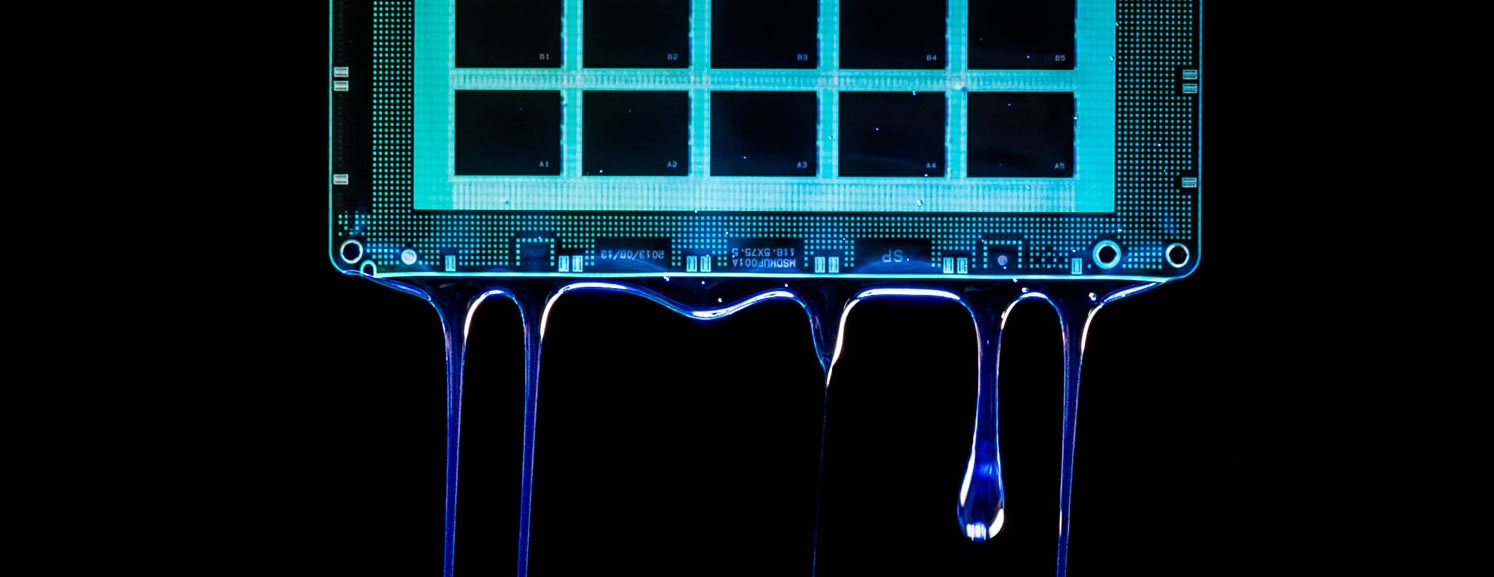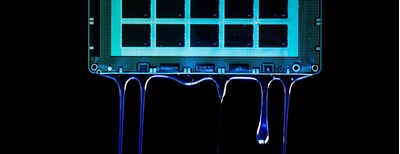Measuring the thickness of conformal coating is essential to ensure proper application and adherence to the specified requirements. There are several methods used to measure the thickness, and the choice of method may depend on the type of conformal coating and the level of accuracy required. Here are some common methods:
- Calibrated Thickness Gauges: These are handheld devices that use non-destructive methods to measure the thickness of the coating. They typically use magnetic induction or eddy current principles to determine the distance between the probe and the substrate, which correlates to the coating thickness.
- Cross-Sectioning and Imaging: This method involves cutting a sample of the coated surface and examining it under a microscope. The thickness can be determined by measuring the height of the coating in the cross-sectional view.
- Ultrasonic Testing: Ultrasonic thickness gauges use sound waves to measure the thickness of the coating. The device emits ultrasonic pulses, and the time taken for the waves to bounce back from the substrate-coating interface is used to calculate the thickness.
- X-ray Fluorescence (XRF): XRF can be used to measure the thickness of conformal coatings. It involves analyzing the intensity of X-rays emitted from the coating material due to bombardment by X-rays. The thickness is determined based on the X-ray penetration depth.
- Electrical Capacitance Method: This method utilizes the change in capacitance between electrodes positioned on opposite sides of the coated surface. The coating's thickness affects the capacitance, allowing for indirect measurement.
- Weight Difference Method: For some applications, the thickness can be estimated by measuring the weight difference of a substrate before and after coating. This method is more suitable for thicker coatings.
Before choosing a specific method, it is important to consider factors like the type of coating material, the size and shape of the substrate, the required measurement accuracy, and whether destructive or non-destructive testing is acceptable for your specific application. Additionally, it is essential to calibrate the measurement equipment and follow any manufacturer's guidelines for accurate and reliable results.



